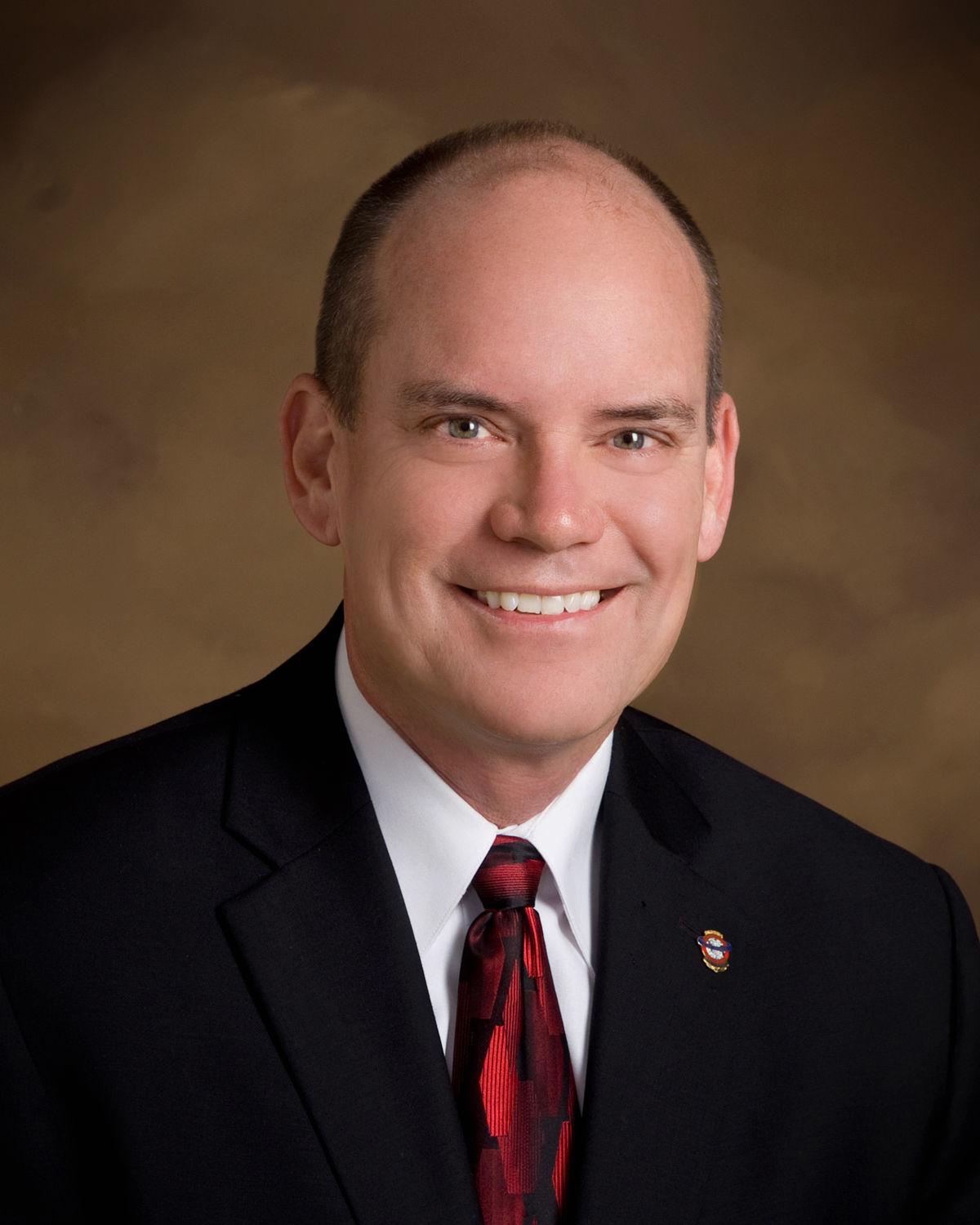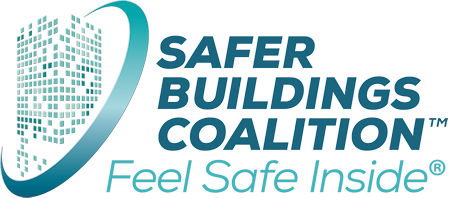From the Chief’s Corner: The Connector and the Backbone Cable
Posted on May 22, 2020
I know, The Connector and the Backbone Cable sounds like the title of a children’s book. But in reality, as it relates to a public safety in-building communications enhancement system solution, these are two critical components to the point where you cannot have one without the other. It is extremely important that both be installed “by the book.”
So, what does “by the book” really mean? The phrase, an old English idiom, ascertains doing something properly or in an appropriate manner, to complete the task according to the rules. Research indicates that this saying originally referred to the Christian Bible, however its current meaning often refers to any written or implied set of rules governing the activity a person is performing. In our context, the book is the adopted codes and standards (IFC, NFPA) governing public safety in-building communications enhancement system solutions.
Recently, several of Safer Buildings Coalition’s members have developed new products and offerings related to the installation of the system backbone. These new products will certainly change the landscape for pathway survivability going forward. In fact, discussion on this issue is currently taking place within the NFPA 1225 technical committee, which is working on the 2022 edition of the standard.
However, on a weekly basis, I receive questions about what can be utilized and in what manner as it relates to aspects of the backbone. One frequent question is: “Can I use a fire-rated cable?”
The answer to that question is not a simple “yes” or “no.” We must also talk about a small, often overlooked, but critically important component of the backbone itself: the connectors and passive devices, that together with the cable, make up the backbone cable system. I can just imagine that when Paul Neill, an American electrical engineer at Bell Labs, helped invent the BNC, TNC and Type N connectors used for microwave and RF communications in the 1940’s, he never really thought about including them or other types of connectors in a fire-rated enclosure for a public safety in-building communications enhancement system solution. But that is exactly what we must do if we are installing them “by the book”.
The Backbone, as defined in NFPA 1221 2019-edition Section 3.3.10, carries wideband signals important to the entire building to the distribution antenna lines. According to NFPA 1221 2019-edition Section 9.6.2.4, the connection between the backbone cable and the distribution antenna lines must be made within the fire-rated enclosure and the passage of the antenna distribution cable in and out of the fire rating shall be fire-stopped.
The intent of these code sections is to make sure that the connection points between the antenna distribution lines (which are outside the rated area) and the backbone (which is inside the rated area) are within the required fire-rated enclosure. So, the question one must ask is this: If I use a fire-rated cable that meets the requirements of the code and I attach connectors (including splitters and/or couplers); do these passive components carry the same listed rating as the cable? Or are they simply standard non-fire rated components? The answer is: If the passive devices and connectors that are part of the backbone system are not fire-rated in and of themselves, then they must be placed within a fire-rated enclosure.
As a reference, take a look at the diagram on slide #8 from the article Defining Backbone and Distribution in the April edition of Feel Safe Inside. The connectors that touch the red cabling are in fact part of the overall backbone of the system.
It’s important to think of the overall backbone within the building as a complete system. Think about the often-used phrase “A chain is only as strong as its weakest link.” No matter how strong someone or something is overall, is, it is always limited by its weakest attribute. As a former Fire Marshal, I always tried to approach each inspection with this mindset: “When an emergency occurs within this building, what will actually happen, and what needs to happen?”
Philippe Petit, the French high-wire artist famous for his walk 1312 feet above the ground between the Twin Towers of the World Trade Center in New York City, on the morning of 7 August 1974 once said: “I am a wire-walker. I can walk anytime, anywhere - I'm indestructible.” At the end of the day, “by the book” is there to give us guidance and direction, but more importantly, we must apply reality and common sense to each specific situation. Everything is not required to be completely indestructible. Collectively, our job it to make sure that all the links in the chain are the right size for the right situation. Not too strong and not too weak.
|

